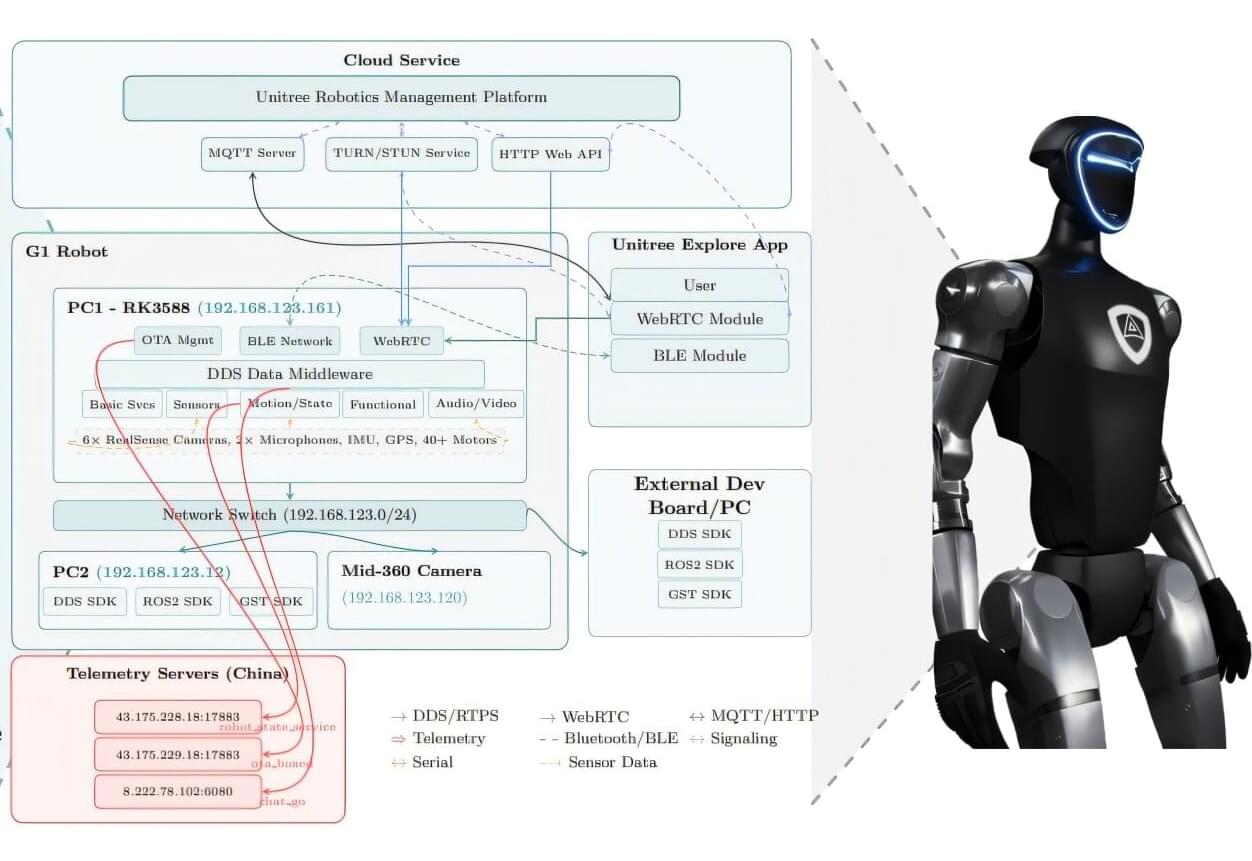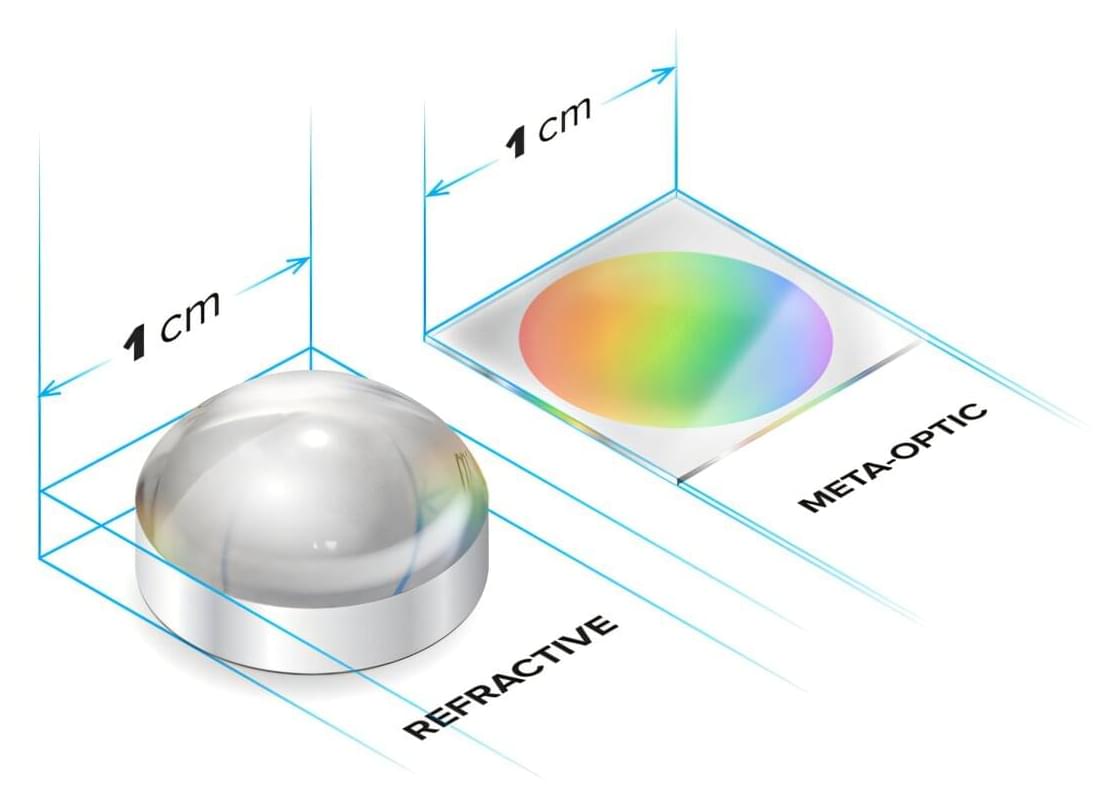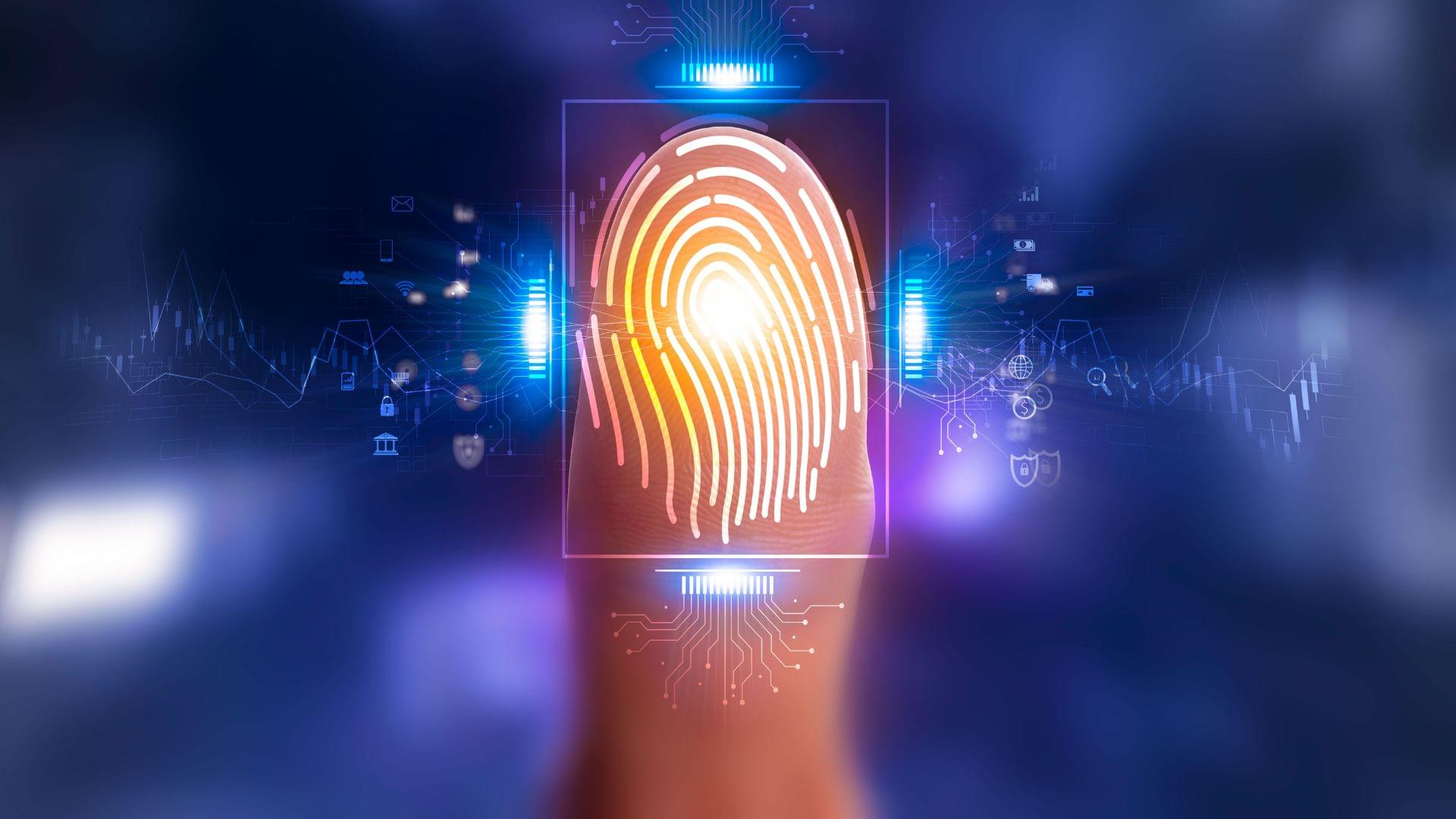Erosion on privacy rights.
Researchers from 33 European countries protests against mass surveillance on end devices. They warn that it is of little use and endangers everyone’s safety.


In October 2024, Cyble also disclosed details of a sophisticated multi-stage attack campaign orchestrated by a Vietnamese threat actor that targeted job seekers and digital marketing professionals with Quasar RAT using phishing emails containing booby-trapped job description files.
BatShadow is assessed to be active for at least a year, with prior campaigns using similar domains, such as samsung-work[.]com, to propagate malware families including Agent Tesla, Lumma Stealer, and Venom RAT.
“The BatShadow threat group continues to employ sophisticated social engineering tactics to target job seekers and digital marketing professionals,” Aryaka said. “By leveraging disguised documents and a multi-stage infection chain, the group delivers a Go-based Vampire Bot capable of system surveillance, data exfiltration, and remote task execution.”

Researchers have uncovered serious security flaws with the Unitree G1 humanoid robot, a machine that is already being used in laboratories and some police departments. They discovered that G1 can be used for covert surveillance and could potentially launch a full-scale cyberattack on networks.
It sounds like the stuff of science fiction nightmares, robots that are secretly spying on you and could be controlled by remote hackers. However, the concern is real, as these types of robots are becoming increasingly common in homes, businesses, critical infrastructure and public spaces.

Cameras are everywhere. For over two centuries, these devices have grown increasingly popular and proven to be so useful, they have become an indispensable part of modern life.
Today, they are included in a vast range of applications—everything from smartphones and laptops to security and surveillance systems to cars, aircraft, and satellites imaging Earth from high above. And as an overarching trend toward miniaturizing mechanical, optical, and electronic products continues, scientists and engineers are looking for ways to create smaller, lighter, and more energy-efficient cameras for these technologies.
Ultra-flat optics have been proposed as a solution for this engineering challenge, as they are an alternative to the relatively bulky lenses found in cameras today. Instead of using a curved lens made out of glass or plastic, many ultra-flat optics, such as metalenses, use a thin, flat plane of microscopic nanostructures to manipulate light, which makes them hundreds or even thousands of times smaller and lighter than conventional camera lenses.

The People’s Liberation Army has released rare footage showing its reconnaissance drones tracking a ‘hostile warship,’ highlighting China’s increasing integration of unmanned systems with intelligence operations.
The video, aired in Forging Ahead, the PLA’s latest military documentary, depicts a coordinated mission involving the WZ-7 and WZ-10 unmanned aerial vehicles. Both are high-altitude, long-endurance platforms built by the Aviation Industry Corp (AVIC) of China for surveillance missions.


Can artificial intelligence, robots and surveillance protect workers on the job? Yes, according to the latest report from the International Labour Organization. In this episode of the Future of Work podcast, ILO occupational safety and health expert Manal Azzi explains how AI and technology is being used as a safety net, and not a threat, for workers worldwide.

Surveillance in the digital age is no longer limited to cameras and smartphones. From facial recognition to GPS logs, the tools used to monitor people have grown increasingly sophisticated.
Now, researchers in Italy have shown that even ordinary Wi-Fi signals can be used to track people, without needing them to carry any device at all.
A team from La Sapienza University of Rome has developed a system called ‘WhoFi,’ which can generate a unique biometric identifier based on how a person’s body interacts with surrounding Wi-Fi signals.
Italian researchers turn Wi-Fi signals into biometric tools, enabling passive tracking of individuals without phones using AI.
